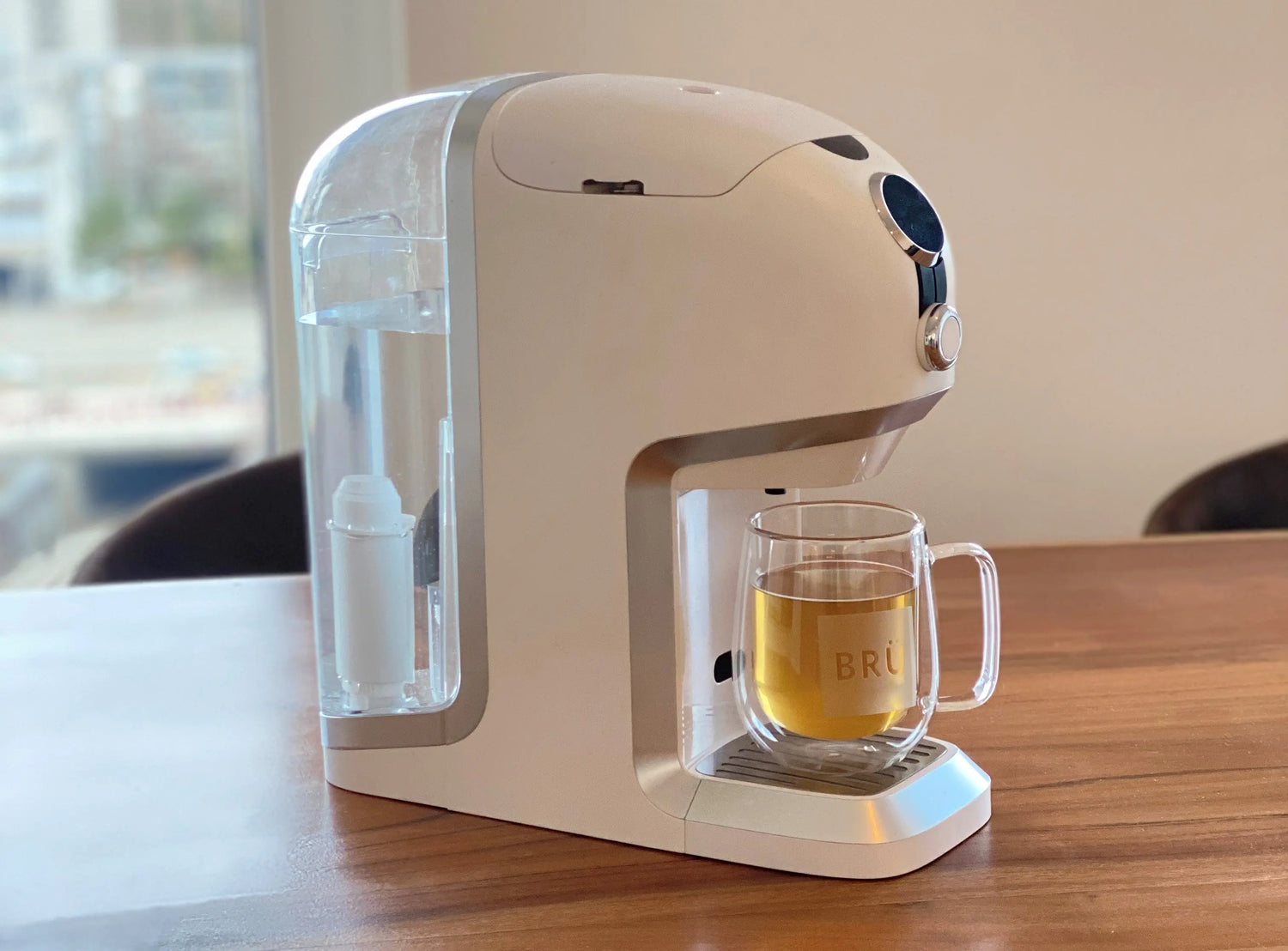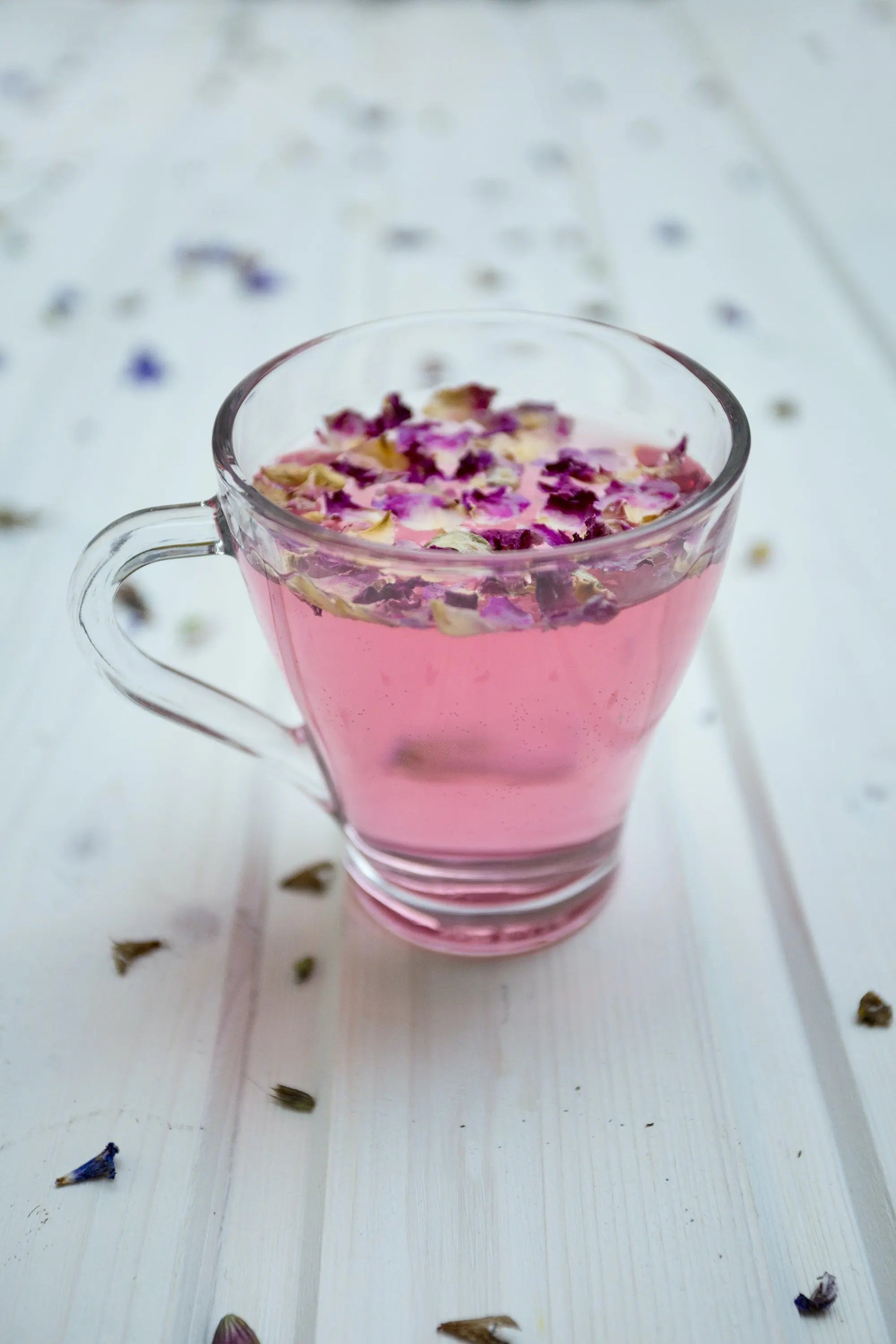Our goal here at BRU is to enable you to use your BRU machine to prepare the perfect cup of tea at the touch of a button, as easy and comfortable as possible. As we are passionate tea drinkers ourselves, we also love to stay up to date on the latest tea trends & tea facts and discover the most diverse teas & tea recipes! In this blog series we regularly present our favorite & most surprising tea facts-to be amazed, share & show off at the next tea party🤓
Let us know which facts you like best on Facebook ( BRU) or Instagram ( @ bru_company)!
Tea: THE drink
Tea is the second most consumed drink on the planet after water! By 2025, global tea consumption will be approx. Reach 7.4 billion kilograms!
Tea <> Tisane
Do you know what the difference between “tea” and “tisane” is? Tea, in order to be considered tea, must contain leaves of the plant “Camellia Sinensis”. The leaves and buds of this evergreen shrub are used for the classic teas, which are rich in antioxidant polyphenols & flavonoids, can contain caffeine and are known for their many health benefits. A tisane, on the other hand, refers to any vegetable-made drink made from herbs, spices, flowers and leaves (e. g. Herbal teas). We love making both tisane and tea easy & comfortable in our BRU tea machines!

One for all
All different "real" teas such as black tea, green tea, oolong, darjeeling, white tea, etc. Come from the same plant (Camellia Sinensis) or. Of their Indian variation (Camellia Sinensis var. Assamica) !
The differences in appearance and taste arise purely from different processing methods. For example, the tea leaves for black tea are heavily oxidized after picking, giving it a dark color and a strong taste. This process is prevented with green tea, which is why the tea leaves keep their green color here. In the case of other types of tea such as white or yellow tea, other details are again used in the production process or. Changed the harvest. But the main indicator is color, with the most oxidized tea varieties being the darkest!
Over the millennia of tea production, diverse processes have been developed, some of which have been kept secret for hundreds of years and e.g. were reserved for the imperial family!





Leave a comment
This site is protected by reCAPTCHA and the Google Privacy Policy and Terms of Service apply.